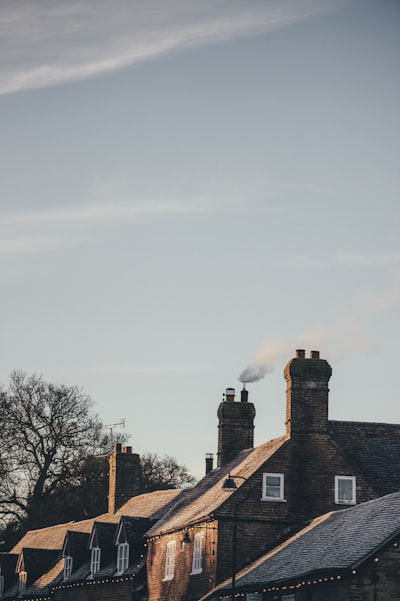A fireplace provides ambiance and relaxation to many households. But with fire, there are also inherent dangers. To combat the risk of fire or inhalation of dangerous carbon monoxide (CO) gas, it is important to make chimney care part of your home maintenance plan. Follow these tips to keep your chimney in good shape and prevent fire hazards. 
General Maintenance Tips
Both metal and masonry chimneys require regular maintenance to ensure smoke and flue gases are ventilated properly. You should have your chimney inspected annually before each heating season. You should also consider these if repairs are needed:
- Regularly clean your chimney to reduce creosote buildup.
- Ensure your masonry chimney has a flue liner in place to reduce the possibility that the masonry absorbs creosote.
- Replace damaged liners, since they can allow creosote to accumulate and heat to escape.
- Choose a chimney contractor who only uses tested products that are listed by a nationally recognized testing laboratory.
Specific Maintenance Tips
There are two types of chimneys that require specific maintenance to reduce the risks in your home.
- Fireplace inserts—Make sure the vent is connected to the flue of the chimney.
- Factory-built metal chimneys—Do not use natural gas, fuel oil vents, well casing, stovepipe or other material in the chimney, as they cannot endure the heat in a wood burner.
Precautions to Follow
Major complications can arise if more than one heater or appliance is vented into a single flue. If one fuel-burning appliance is connected to a flue and then an additional appliance is attached, such as a water heater, you risk heavy creosote accumulation, deterioration of the flue or CO gas in your home.